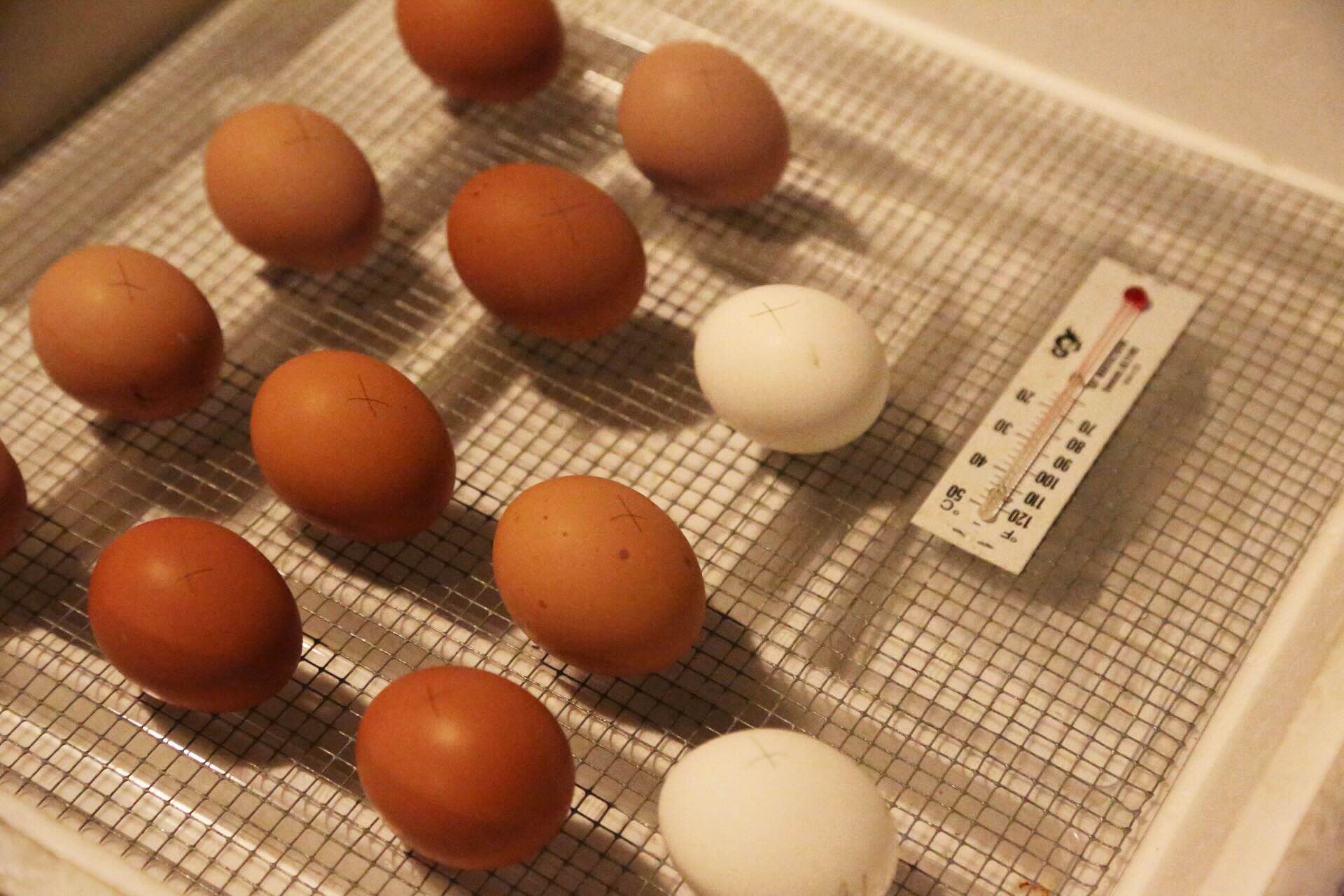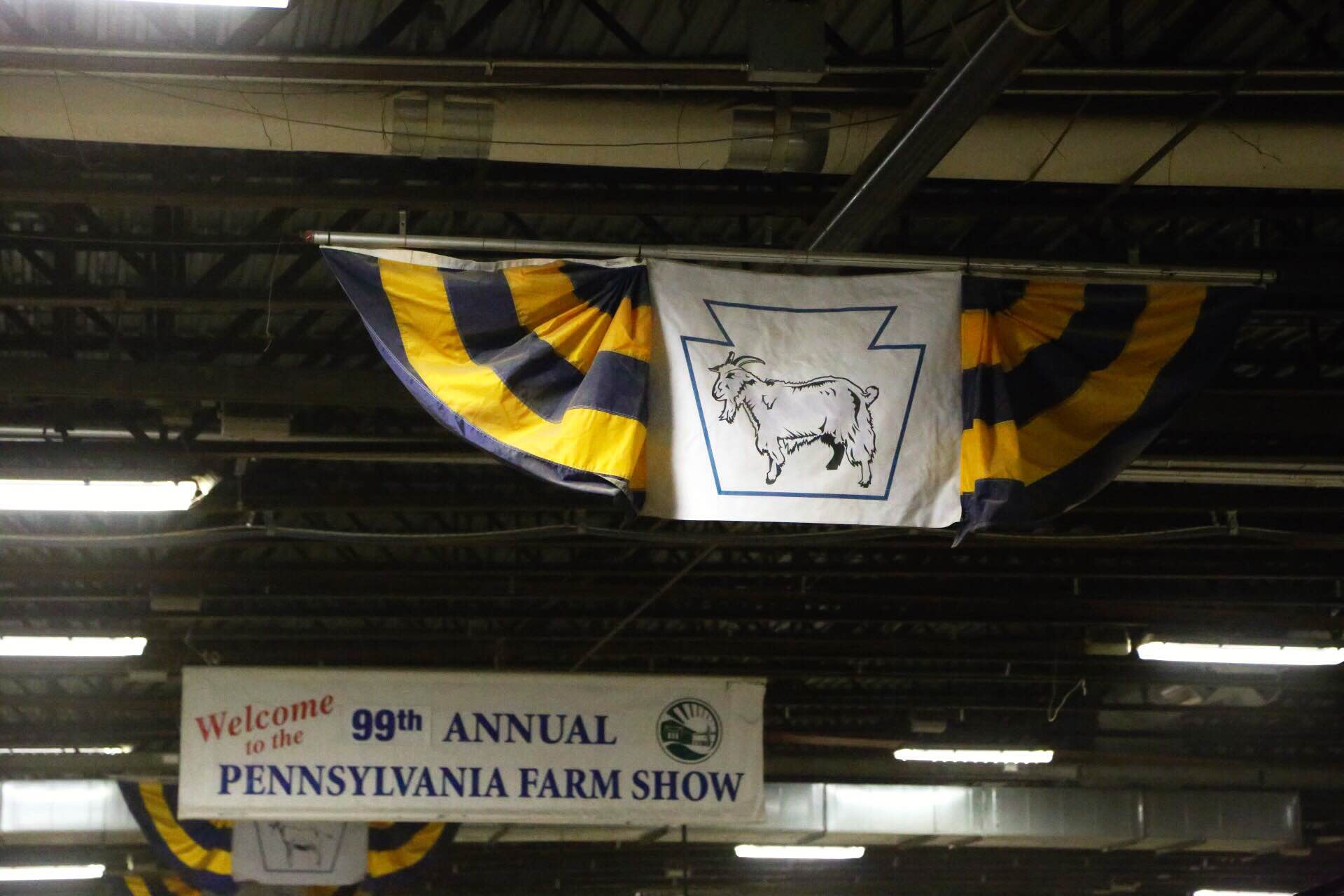So what do you guys do all winter?
/As the growing season is now at an end, naturally, this is the question we most frequently receive. Catch up on our reality TV and soaps, of course! JUST KIDDING. :-)
While what we do for a living is dependent on sunshine and temperatures that are 60+, we also need this time of cold. Every fruit and vegetable has a season in which they will bear. In order for our fruits to bear again next year, they need a certain number of chill hours. Just as God puts our plants into a season of rest through the cold weather, we too take this time to slow down and rest. The busiest months of the year for us are March-June - the months we ready ourselves for a summer of growing and harvest. In reverse, the months of November-February are our slowest months because there is not urgency with attending to plants and harvest. This does not mean we sit around watching TV all day though.
Here are the top ways that we use our winter months:
Kale is still alive and kicking even after several single digit nights.
Preparing for winter
In early November, Tim moved all of his potted figs up to our driveway where they entered dormancy. Once dormant, he took over 400 (yes 400!) cuttings, which will each grow into a fig tree. He then moved the potted trees to the cold cellar to protect them through the colder winter temperatures, and then he will move them back out into the garden in the late spring.
With the cuttings he took, Tim has been diligently filling pots, hanging lights, wrapping cuttings, and placing them in soil. Because the figs entered dormancy before the cuttings were taken, now that the cuttings are in soil, under lights, and warmer, they think that it is spring and they are starting to wake up. We have our first fig leaves pushing through in January!
We have been clearing out our summer garden beds of all spent vegetables. This will save us a step in the spring when we go to plant again. We are also spreading composted chicken and goat manure in our beds to provide an even richer soil for our vegetables this year.
Fig cuttings under lights. Lots of them.
First signs of life from a fig cutting (Maltese Falcon I believe)
Livestock Maintenance
I have been paying more attention to our livestock this winter because there is less of a margin for error when temperatures are below freezing. Our goats and chickens share a barn, which is not ideal because chickens are very messy and we’d like to keep our goats clean and healthy. I have been spending some time putting up chicken barriers so the goats have a clean place to rest. We have also closed one of our exterior goat doors as a wind block. Goats do not mind the cold, but they cannot handle too many drafts. So while we have a good solution in closing off one of the doors, it means we must also be more vigilant in keeping bedding cleaned. In the warmer months, the animals spend less time indoors, causing less mess (read: poop), and we are also able to leave all the barn doors open, which provides better ventilation and therefore requires less frequent cleaning.
I have also been experimenting with goat milk now that I have a little more time on my hands. I have made several flavors of goat milk ice cream and they have been wonderful! I think peppermint brownie has been my favorite. My goat milk days are running out soon though. We have bred our nanny goat and she is due to kid at the end of April! These will be our first farm born kids and we are so excited to meet them!
A pregnant Finny. Baby goats this spring!
In chicken news, I have been incubating a dozen of our chickens eggs this month and if all is well, we should be welcoming our first farm-born chicks at the end of the month! It is nice to have these slower months to dabble in other areas of interest and discover new directions we could go in the future. Shhh! Just don’t tell Tim ;-). If you can’t tell, I’m the animal lover of the house.
Eggs in our incubator. Should be fun to see what we get!
Homestead Maintenance
In the short months we have had off, we have already run water and electric out to our gardens and outbuildings (with help) and Tim has corrected all of the rust on the farm truck so that it will last us through many winters to come (Lord willing). There are also many neglected home maintenance tasks we have been tackling. When we are in the thick of the growing and harvesting seasons, the things that are not wilting, rotting, or crying tend to get neglected.
Dormant blueberry with buds waiting to burst. All blueberries got a fresh dressing of pine straw or shredded leaves this fall.
Continuing to Learn
This winter has been a valuable time for furthering our farm education. Tim and I have both been attending a beginning tree fruit growers class through Penn State out in Bloomsburg. It has been valuable in learning about different types of fruit, orchard layout, pest management, and many other things. We have also met some young farmers following their passions too - very encouraging! Tim has also been on a few farm tours, a soil management conference, a cider tour, and most recently, we both attended the farm show with the kids! Tim will also be attending a class for new farmers this month and we will both be attending the PASA conference next month. Because farming is a new venture for us, it is important that we learn from the experts in the field.
A visit to the PA farm show is a must, even if you just go for the food. Can you guess who loved visiting this section?
Planning for 2015
Many of you know that we recently purchased a 13 acre farm six miles from our home. We have many plans for the acreage and the buildings. There is a large farm house that is in good shape, but will need some repairs and updating. We have been tackling some of that this month. There are also two barns that will need a little maintenance and modification for our future uses.
The acreage itself is a good size for us as we grow. This winter is time for drawing up site plans as well as projecting our short and long terms goals for the space. We will not be planting all 13 at once, but it is very important to plant things in the right order and location so that we do not make costly mistakes. For example, any tree fruits should be planted right away because some will require three years in the ground before achieving even a small crop. In the same token, we need to plant some things that will produce in the first year so we we have something to offer right away. All of these factors require thorough analysis. This kind of thinking is best done in this down time. If we had had to juggle strategic planning in the same season as planting or harvesting, we would have done the farm a disservice.
The future location of our u-pick orchard and nursery with the corn down. We found a local farmer to help with prepping and seeding the ground come spring.
Being a better spouse, parent, friend, ______.
While Tim and I try to not overextend ourselves during the growing season, we do make choices of how we spend our time. This is the first summer we have not travelled to visit family or go on a vacation, even for a weekend. It has been a time to catch up with family and friends and invest time into others, which in turn blesses us. It is time for me to be the soccer mom (minus soccer) and drive my kids to and from preschool and appointments. It has been a blessing having the sun set early because it gives us time in front of the fire with our kids, dancing and playing games. I miss these times during the summer when it is still light outside when they go to sleep. We do spend lots of time with our kids in the summer because they are outside with us while we work, but the time we spend now is specifically focused on them and cultivating a deeper family relationship.
So as you can see, there is plenty to keep a farmer (at least an aspiring one) busy year round! If you have any questions for us, ask away! We will try to respond through our Facebook page or in a future post. Happy winter!











